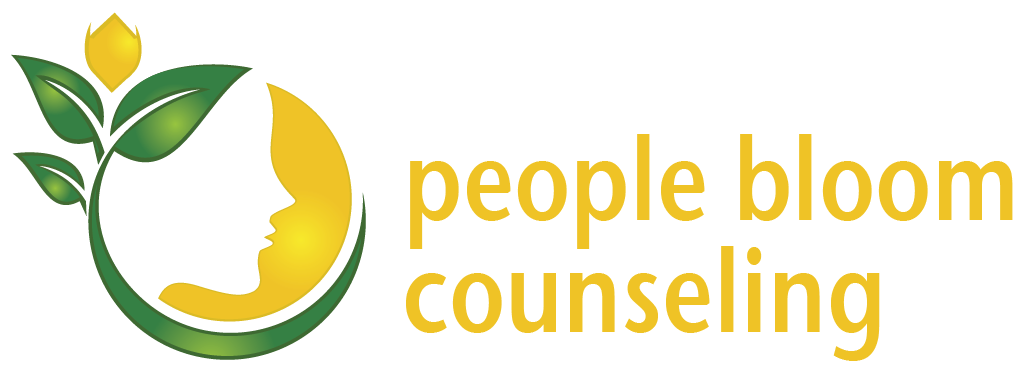Photo by Larisa Birta on Unsplash
Death by suicide
Social media blew up two weeks ago when fashion icon Kate Spade and culinary expert Anthony Bourdain died by suicide days of each other. After all, who doesn’t know the brand Kate Spade, hasn’t walked past one of her stores, or perhaps own one of her purses? Foodie or not, who hasn’t heard of Anthony Bourdain and his culinary storytelling that sparks interest and delight in food and cultures all around the world?
News like this often get the immediacy of the press and then slowly fade away. However, if you are familiar with the feelings of suicide or have lost family, friends and role models to suicide, you do not just recover and move on. These thoughts, feelings and images still consume your mind even when the news has moved to national crises like the horror of separating immigrant children from their families.
Suicide unfortunately happens amongst everyday folks, and this rarely makes the news or causes a social media uproar. While Spade and Bourdain may have been inspiring role models, their deaths didn’t spur this strong reaction because they matter more than the rest of us. It is because high profile celebrity suicides affect our collective consciousness and bring awareness to a problem people face in their small communities. We want to open the discussion about suicide and what we can do to prevent it.
Soapbox about suicide language
As a healthcare professional in the state of Washington, I am required to take a suicide prevention training every six years. One of the most significant takeaways from the last training was changing the way we talk about suicide. We often talk about someone having “committed suicide.” If we really stop to think about it, the closest association of someone having “committed” something is a crime.
While we would never say that someone “committed cancer” or “committed heart disease,” let’s start by saying that it was death by suicide. I understand that suicide implies a choice whereas medical illnesses does not, but it doesn’t help for us to talk about our struggles if we’re loading on the stigma.
Thoughts about ending the pain: a common experience
Recently, I took another suicide and self-harm training. This time, it was with Jack Klott, a suicide prevention consultant. There, I learned that the thoughts of suicide is actually a common experience. Difficult or sometimes chronic life circumstances can create a felt sense of unbearable pain. This then challenges our capacity to cope, and thinking about death is an effort to get rid of this intolerable pain.
The thing is, as a society, we freak out when someone talks about thoughts of suicide. We are quick to talk them off the ledge, which in imminent situations, we need to. But in cases where it took a lot of courage to even admit to having these thoughts, it doesn’t help to be told to not think or feel this way. Rather, we need a be willing to learn about each others’ pain and to encourage the person with suicidal thoughts to get help.
Additional factors to protect against suicide
Indeed, having a support network is a protective factor in preventing suicide. Jack Klott also mentioned the importance of the following factors:
Resilience. This is about the process of adapting and recovering from significant stress or hardships. In a separate training, I learned and shared about stress-resilience habits.
Hope. Remind yourself how you got through difficult circumstances in the past, because you have. When it’s hard to hold hope, allow and trust others to hold that with you and for you.
Tolerate stress and distress. In moments of despair, it’s about surviving that moment without making matters worse. Dialectical Behavior Therapy (DBT) is a pioneer in teaching you how to tolerate, rather than avoid, distress. Here’s an overview on distress tolerance.
Regulate emotions. In the face of unbearable pain, emotions are strong and overwhelming. This often prevents your pre-frontal cortex from thinking rationally. Learning DBT skills can help you label and regulate your emotions, so you don’t feel so crazy inside.
Social support. I mentioned it above, but I see it’s such a necessity to mention it again. Suicidal thoughts are a common experience. The only way we can feel less alone about it is if we give it a collective voice. Much like the #metoo movement, don’t suffer in silence. Reach out if you’re having a hard time. Reach in if you know someone is struggling. We are each others’ safety net.
A reason for living. Did you know that a lot of amazing things needed to occur for you to be born? The odds of you being born to the parents you were born to required a lot of “coincidences” in the history that preceded them. And I’m not even talking about how babies are made. That math is 1 in 400,000,000,000. You’re uniquely you. While you might not be a Kate Spade or an Anthony Bourdain, this world is not the same without you. You are changing the world by being in it and doing you.
Life is hard; get help
If you’re struggling with thoughts about suicide, share these thoughts with a trusted friend or healthcare professional. Text CONNECT to 741741 in the United States. Call the National Suicide Prevention Hotline at (800) 273-TALK (8255). Visit Now Matters Now to learn helpful ways to deal with your suicidal thoughts.
For people living outside of the US, International Association for Suicide Prevention has a list of resources to help you.
You don’t have to go about this alone. Get help.
Ada Pang, MS, LMFT is the proud owner of People Bloom Counseling, a Redmond therapy practice in WA. At the heart of what she does, she’s about helping people flourish and live compassionate and vital lives. She can be found at PeopleBloomCounseling.com.


